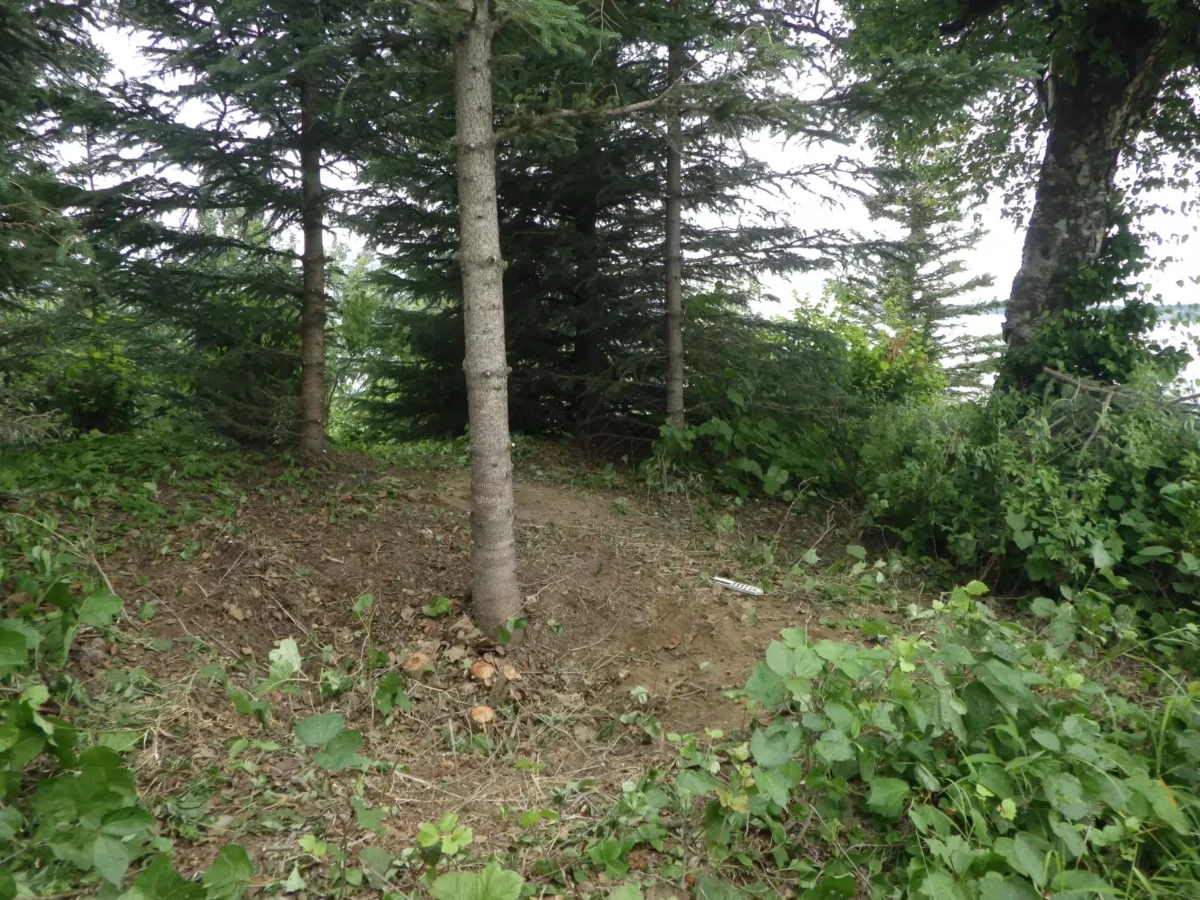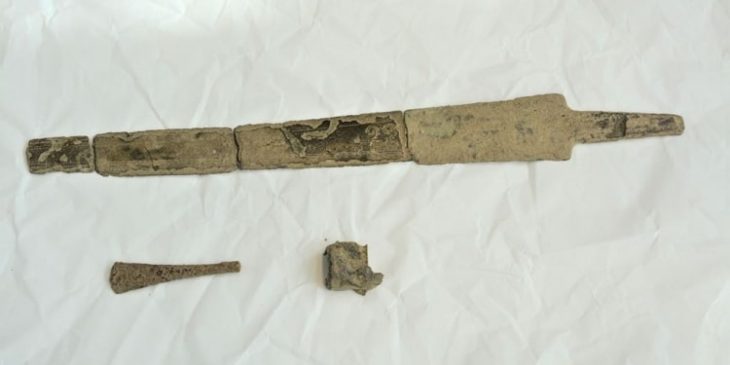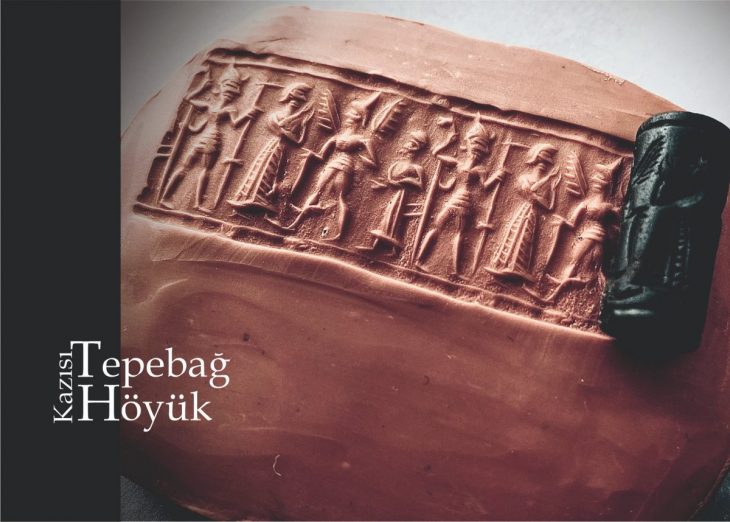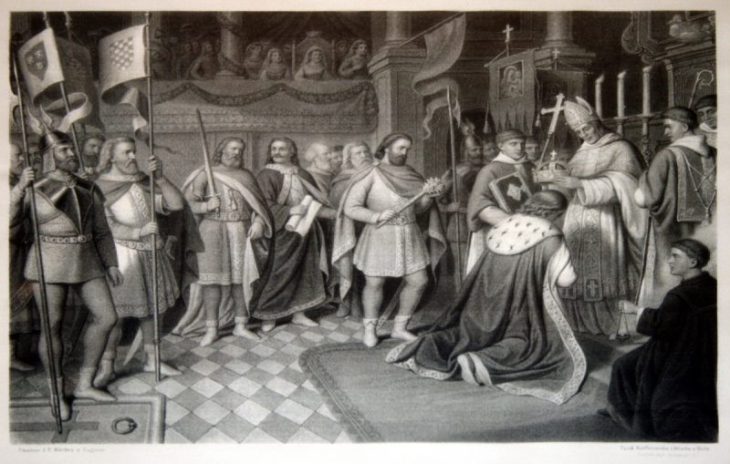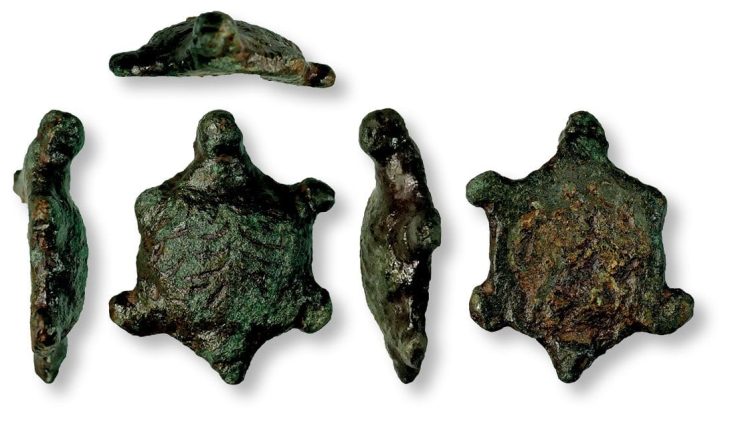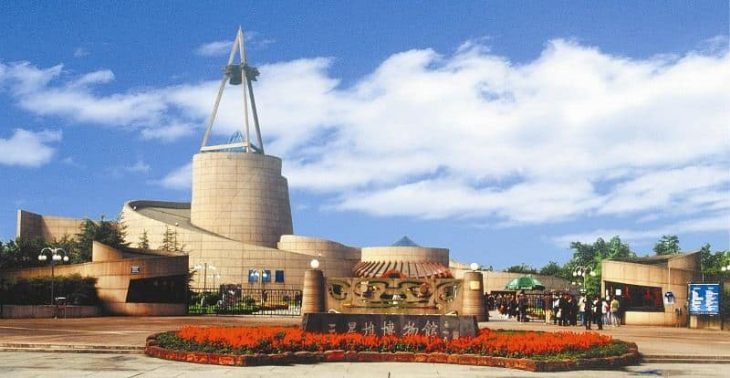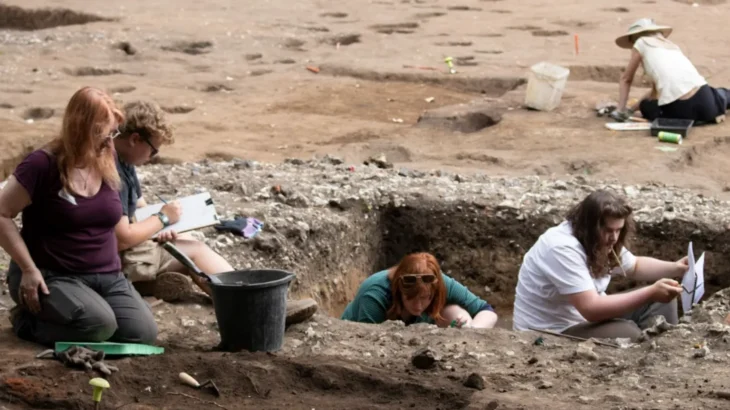In June 2024, archaeologists from Joint Base Elmendorf-Richardson (JBER) and Northern Land Use Research Alaska discovered a birch bark-lined cache at a known Dene (Athabascan) site along Upper Cook Inlet. The Dene language group extends from the interior of Alaska through Canada and into the American Southwest, with the Dena’ina and Ahtna peoples being among its speakers.
Elizabeth Ortiz, a cultural resource manager and archaeologist at JBER, explained that cache pits are similar to root cellars and were used to preserve fish, meat, and berries. These pits were dug into well-drained soils and lined with birch bark and layers of grasses to protect the food, making intact finds quite rare. Initial radiocarbon dating revealed that the cache was used approximately 1,000 years ago.
Margan Grover, an archaeologist at JBER, stated, “This is the oldest known site on the east side of Upper Cook Inlet and further substantiates Dena’ina and Ahtna oral traditions that the JBER and surrounding area have been used for a very long time.” The site has long been associated with the Dena’ina and Ahtna peoples and is located near a traditional trail used for travel between the area and the Matanuska and Susitna valleys.
The Dene people would come to this area in the spring and stay through the summer to catch and preserve salmon. Traditional houses, known as nichił, and smokehouses lined the bluff and beach along Upper Cook Inlet. The discovery of the cache provides a valuable learning opportunity for everyone involved. Grover emphasized, “I want this to be an opportunity for people to understand who the Dene of Knik Arm are and how their ancestors lived on the land that is now JBER and Anchorage.”
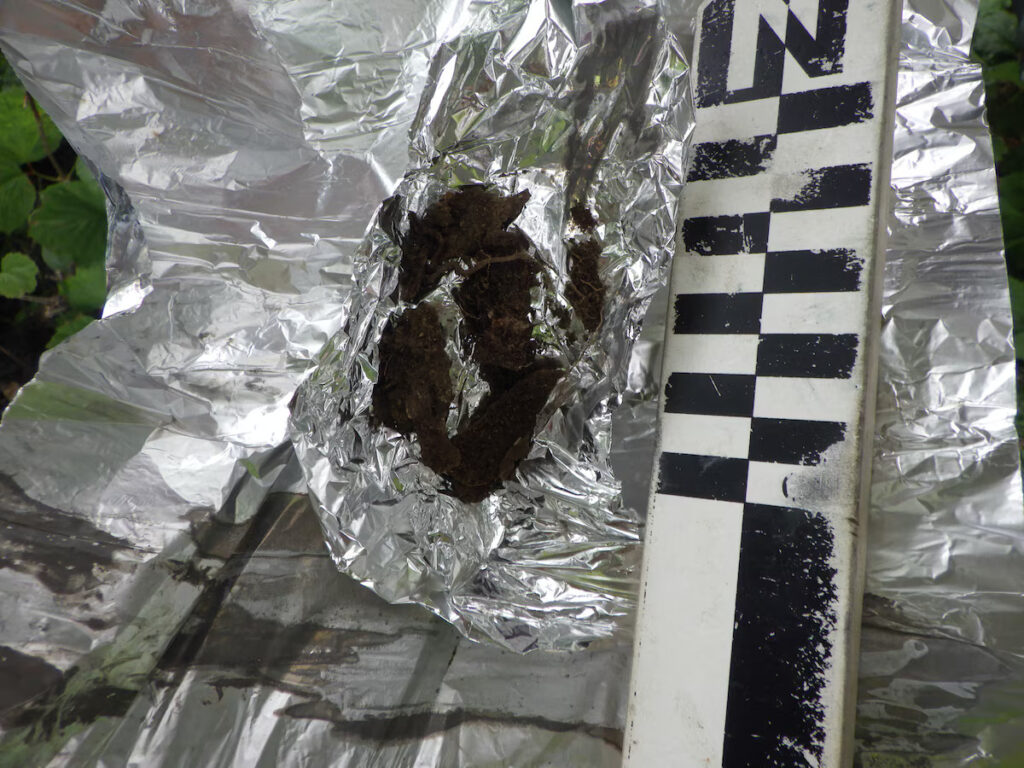
Most of the site was demolished by military activities in 1942, but remarkably, this cache pit contains an intact birch bark lining and is one of the few undisturbed features left at the Dene site. Ortiz noted that additional radiocarbon and stable isotope tests could yield new and significant information about the history of Upper Cook Inlet. Researchers are also testing to determine what types of food were stored in the cache and what other activities took place in the surrounding area.
📣 Our WhatsApp channel is now LIVE! Stay up-to-date with the latest news and updates, just click here to follow us on WhatsApp and never miss a thing!!
The stable isotope analysis examines ratios of nitrogen and carbon, revealing whether the food stored there was marine or terrestrial. Initial results indicate that the cache was used to store moose or caribou. Grover mentioned, “Our research questions and methods are being developed in collaboration with area tribes who have not had access to these traditional lands for many decades.”
The cache not only provides valuable information but also presents an opportunity for JBER to build relationships. Aaron Leggett, president of the Native Village of Eklutna, stated, “Research at this site provides an invaluable opportunity to work toward shared goals and the co-production of knowledge about our past.”
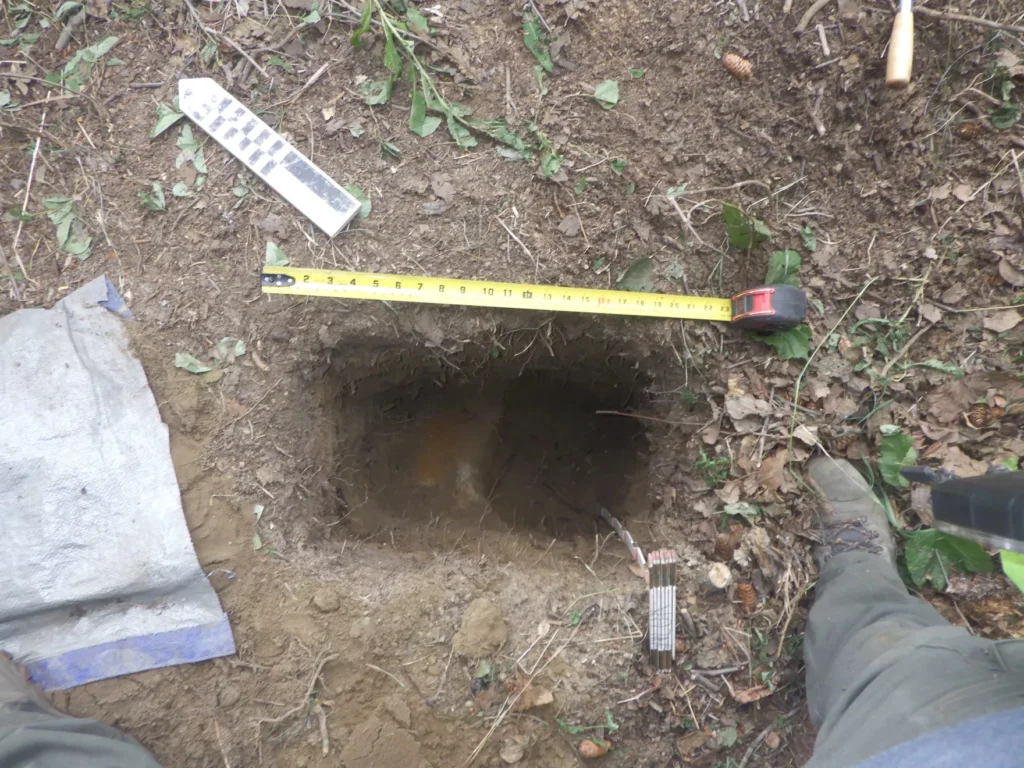
In conclusion, this 1000-year-old cache found near Cook Inlet serves as a testament to the Dene people’s stewardship of these lands and highlights the importance of preserving the rich cultural heritage of the region. Archaeological findings and oral histories illuminate the past, allowing local communities to reconnect with their history and heritage.
Joint Base Elmendorf-Richardson (JBER)
Cover Image Credit: A depression around the cache where soil samples were taken during the archeologists’ visit in summer 2024. Credit: U.S. Air Force and Northern Land Use Research Alaska

